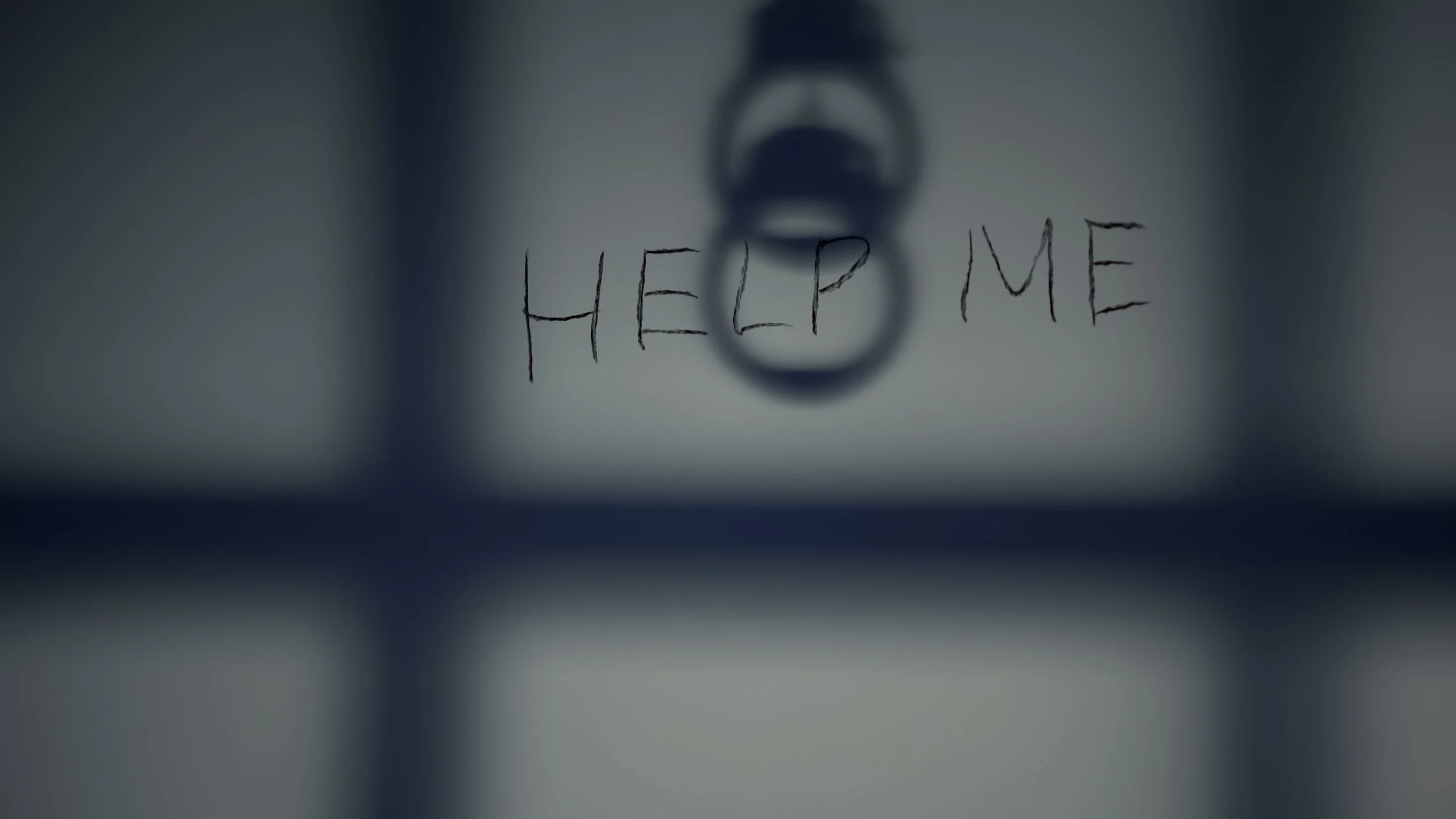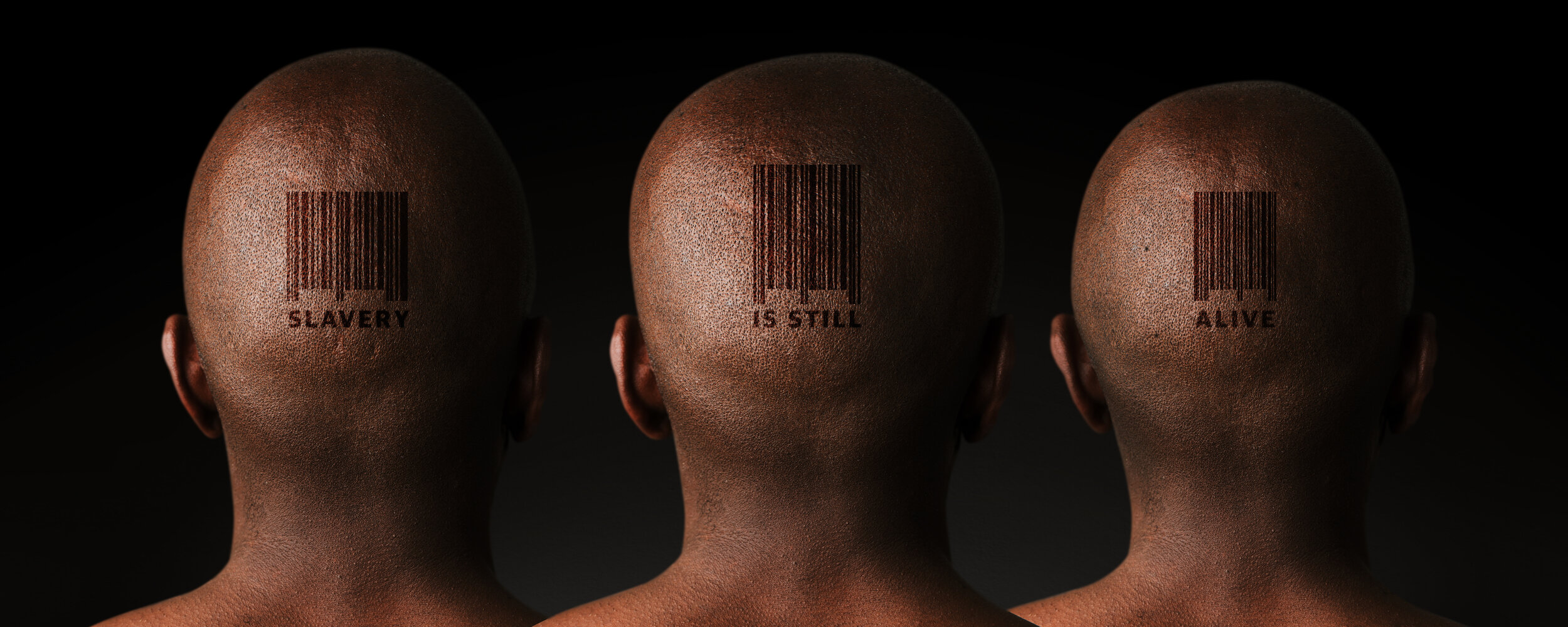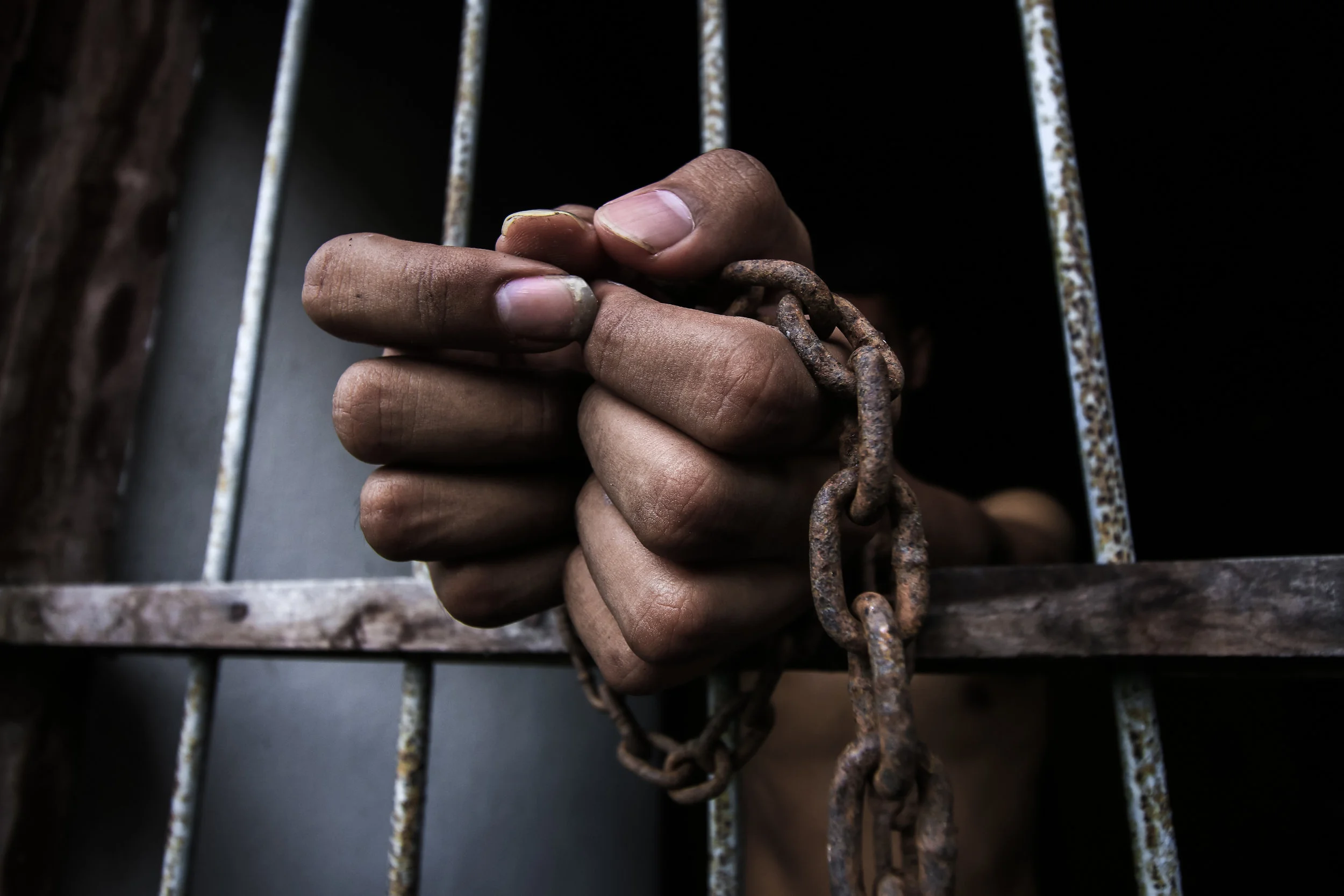Linda Stalters, founder and CEO of Schizophrenia And Related Disorders Alliance of America, invited me to be a panelist at a SARDAA conference on reclassifying schizophrenia to be held in March 2020 in Hollywood, Florida. What follows are my current thoughts.
There is now a national conversation on mental illness and criminal justice reform. I may have had a hand in that starting back in May 1998 by submitting articles to IMprint, a Mensa newsletter, but more recently by reaching out to elected officials and John Jay College of Criminal Justice since 2013. Those stories some other time.
In 1979 I was 25 years old when I had my first battle with schizophrenia. I lost that battle. My wife died, and I severely injured my then-infant son. I went to trial, but the jury saw that I was suffering from an illness and acquitted me Not Guilty by Reason of Insanity. I then spent four years in a psychiatric hospital and, a couple of decades later, spent another three years in another such facility, always under the jurisdiction of the court.
Will reclassifying schizophrenia help people like me who are involved with the law as a result of psychosis? At present, it seems that I am a criminal, a miscreant, a behavioral problem in the eyes of the law. There are suggestions for diversionary action for those who break the law but seem to have brain illness. These suggestions are meant to avoid putting them into the criminal justice system. This is a start but having been through a trial in 1980 and under court supervision since that time, 40 years of good behavior has not softened the heart of the judge. The issue, as she has expressed it, is that there is currently no cure for schizophrenia and that increases the chance of relapse and menace to society, so I remain under court supervision.
But wait. Today’s medicine has brought us gene therapy, and the research of Dr. Deborah L. Levy, Director of the Psychology Research Laboratory at McLean Hospital which is the largest psychiatric affiliate of Harvard Medical School, provides a proof-of-principle demonstration of symptom relief by targeting a specific genotype and links an individual structural mutation to the pathophysiology of psychosis and treatment response. This is a hopeful discovery in that if we find one mutation that affects a small number of people there is hope to find more. It would be a great opportunity for personalized treatment and prevent specific brain diseases.
But it is only a start. Money is needed for further research. Reclassifying schizophrenia will not only bring that money, but it will also provide more hospital beds and reduce the number of those who are incarcerated for their illness. According to Alisa Roth, a journalist and author of Insane: America’s Criminal Treatment of Mental Illness, the three largest providers of mental health care are not hospitals but jails: Los Angeles County Jail, Cook County Jail, and Rikers Island in New York City. More recently, this last one is to be closed in a few years because of the mistreatment of its inmates.
So, will reclassifying schizophrenia help me and those like me? Yes.



















